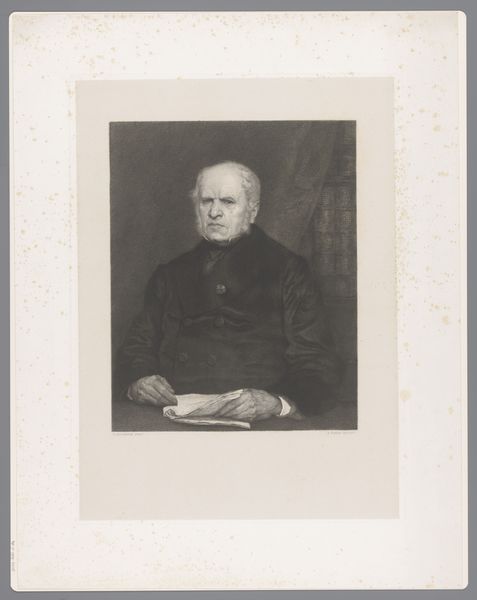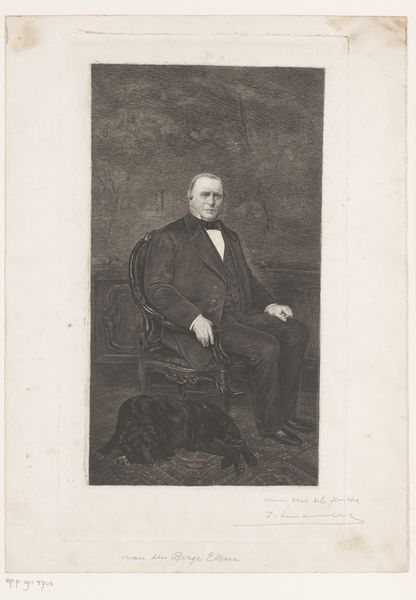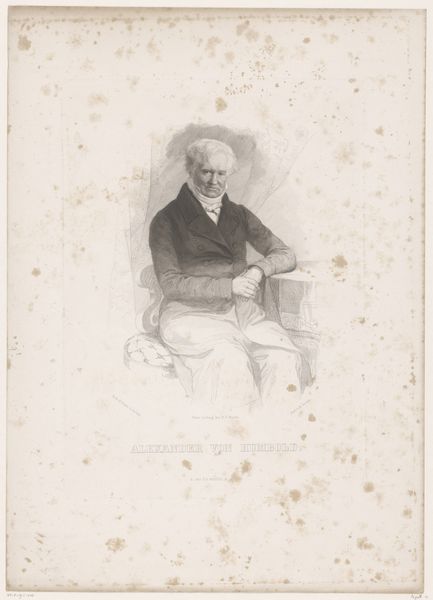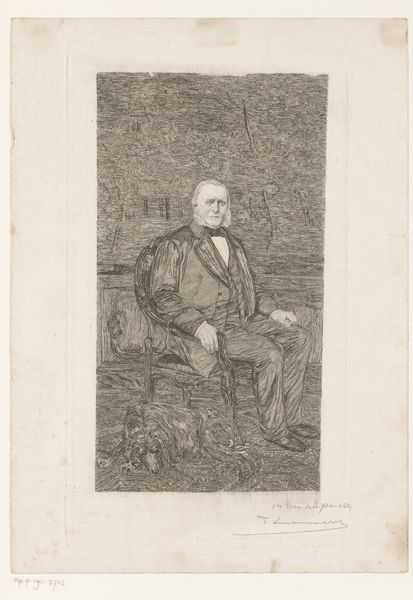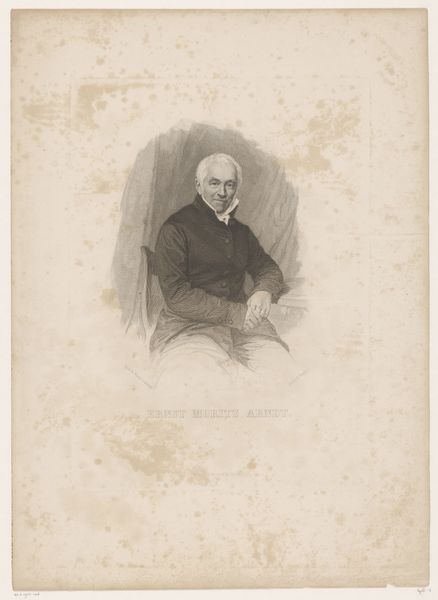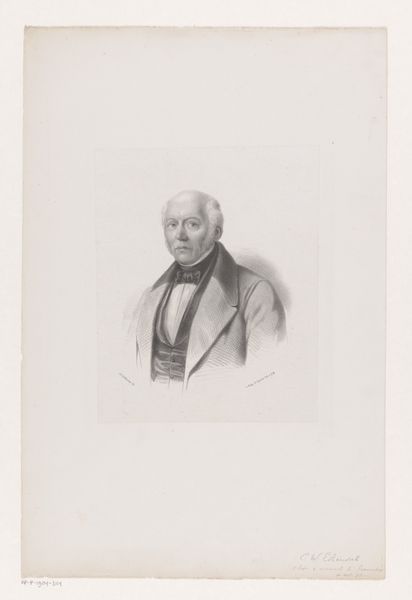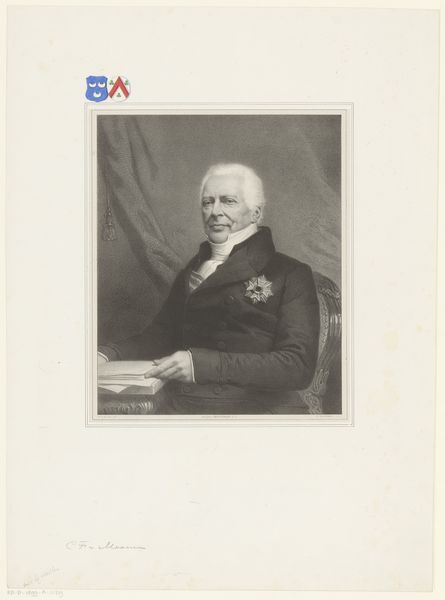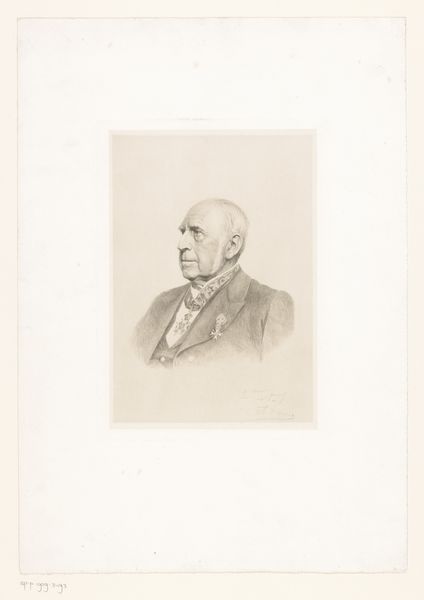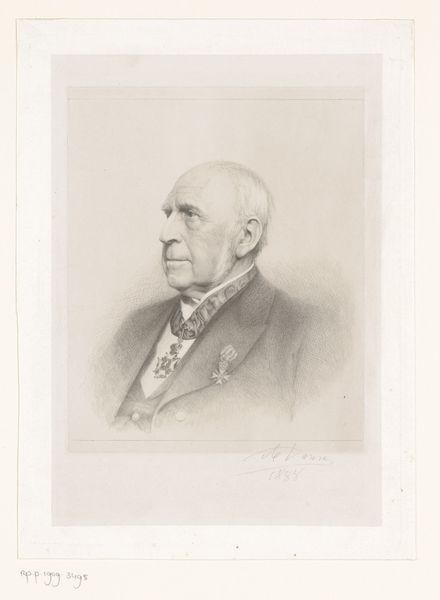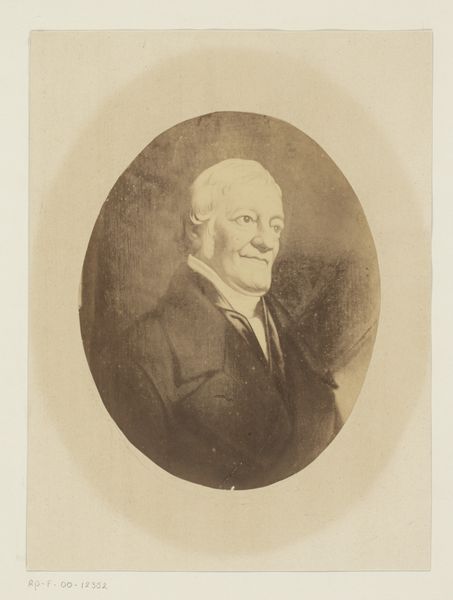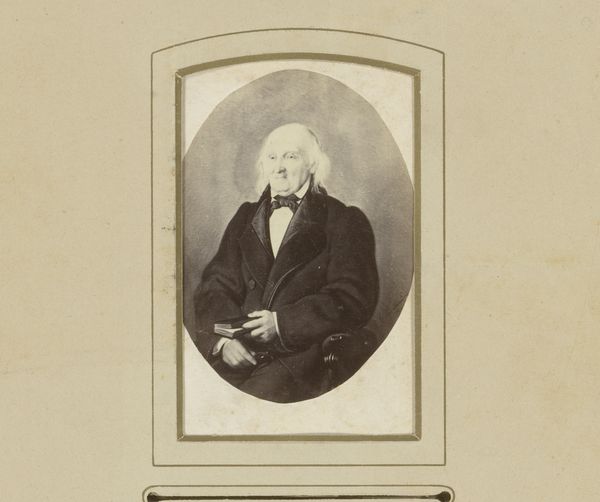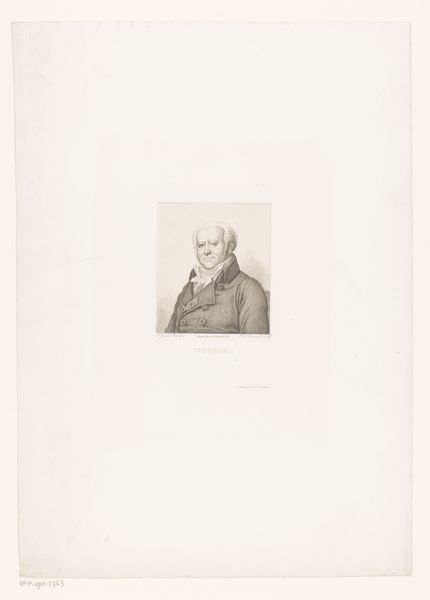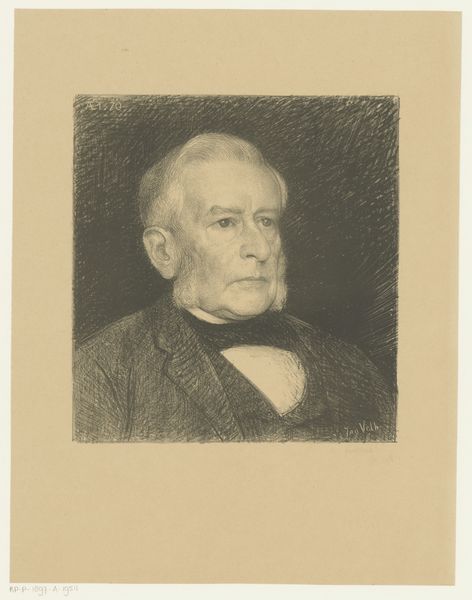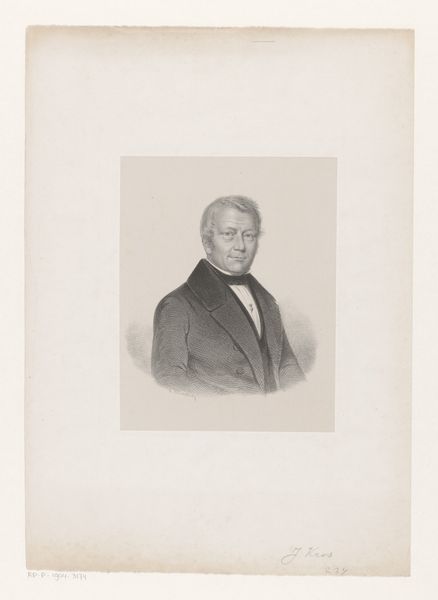
print, etching
#
portrait
#
pencil drawn
#
light pencil work
#
16_19th-century
# print
#
etching
#
pencil sketch
#
pencil drawing
#
realism
Dimensions: height 442 mm, width 327 mm
Copyright: Rijks Museum: Open Domain
Editor: Here we have Auguste Danse’s 1874 etching, "Portrait of Édouard Fétis." It feels very formal, almost severe. I'm curious, what stands out to you in this piece? Curator: It's interesting you pick up on that severity. The subject, Fétis, was a renowned musicologist, so one might expect a certain gravitas. For me, it's the etching itself. The sheer dedication required to render such detail! Did you notice how Danse captures the texture of the beard? It's almost like you could reach out and touch it! Do you get a sense of Fétis’s character through it? Editor: Definitely a serious character! The meticulous detail is fascinating. How do you think etching as a medium contributes to the overall mood? Curator: Etching lends itself beautifully to capturing nuanced detail. It allows for subtle gradations of tone, lending a certain softness even within the formality. Think of it: a painstaking process, perfectly suited to immortalizing a figure of intellectual authority. It reflects an era that deeply valued intellectualism and public persona, don't you think? Editor: I see what you mean, the medium amplifies the sense of studied respect. I never considered the connection that deeply! Curator: Exactly! The art isn't just *what* you see, but *how* it was made, *when*, and *why* – all whispering together. A perfect example of a moment in time rendered with incredible skill. What are your final thoughts? Editor: I'll certainly think about medium more when assessing mood. It's definitely given me a fresh perspective. Curator: That makes two of us. Each conversation peels back another layer.
Comments
No comments
Be the first to comment and join the conversation on the ultimate creative platform.
